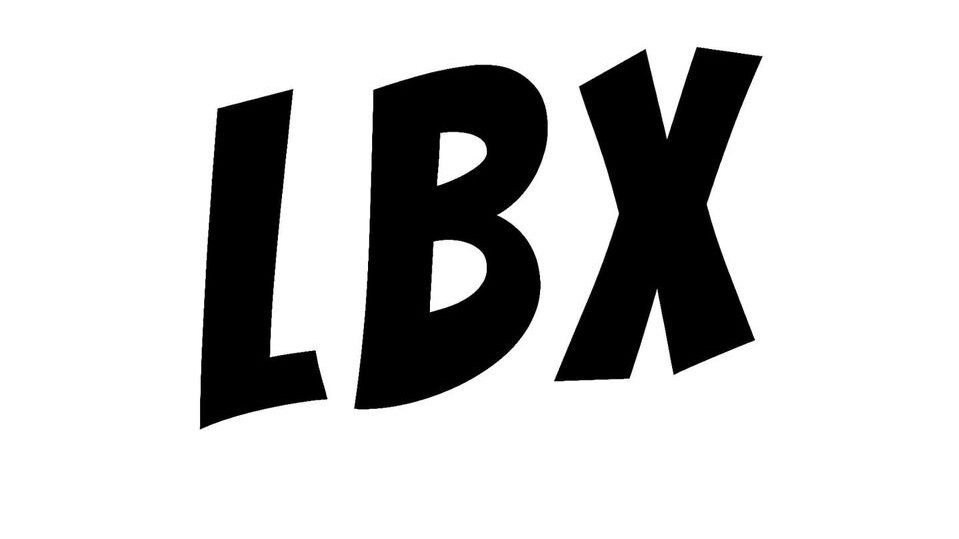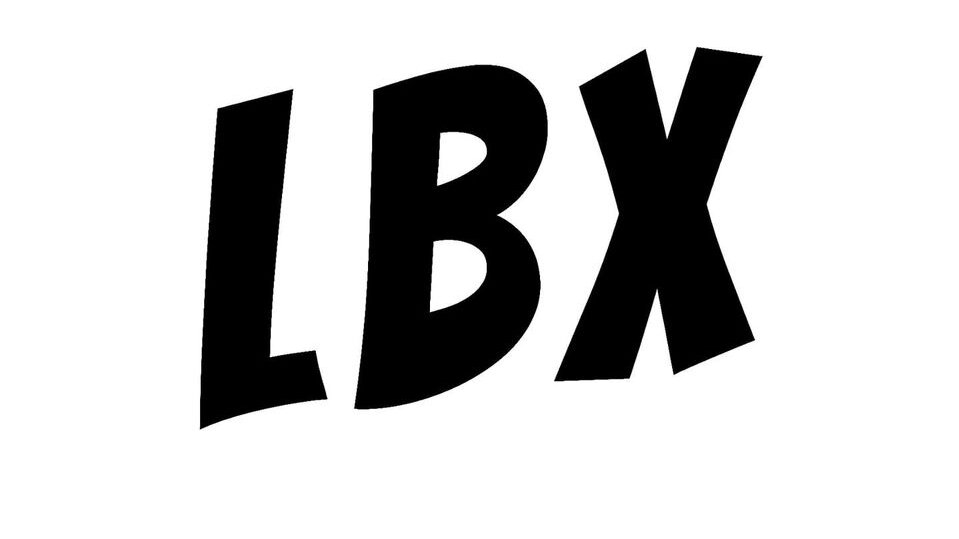Improving Cold Email Engagement and Avoiding SPAM filters
With email communication, the focus revolves around business metrics, aiming for a perfect 100% open rate with maximum positive engagement. Yet, achieving those goals are nearly impossible without addressing a crucial factor, email deliverability. In this post, we’ll explore the impact of reply rates on email deliverability and provide actionable steps to boost cold email engagement while steering clear of SPAM filters
Understanding Email Engagement Rates
The term “email engagement” is familiar to email marketers, it plays a pivotal role in determining inbox placement. Essentially, engagement rates reflect how recipients interact with emails, influencing whether they end up in the inbox or SPAM folder. For cold email campaigns, where engagement is paramount, it’s crucial to understand and improve this metric.
Why Email Engagement Matters in Cold Emailing
While cold emailing and traditional email marketing differ, their success heavily relies on engagement rates. Email providers prioritize delivering messages that recipients enjoy reading. Gmail, for instance, uses engagement metrics to filter content. Interactions such as opens, read time, forwards, replies, clicks, and complaints all contribute to the email engagement rate, impacting deliverability.
Fixing a Low Email Engagement Rate
If you notice a decline in your cold email engagement, it’s essential to address the issue promptly. The process involves warming up your email address. Start by sending personalized emails to trusted addresses, and gradually progress to larger campaigns. Pay attention to subject lines, personalization, and clean HTML code to ensure positive interactions.
Boosting Email Engagement Rate
Understanding how recipients interact with your emails provide valuable insights. Tailor follow-up emails based on engagement levels, igniting interest for those who have opened your emails and have shown sustained interest. Implementing if-campaigns allows for personalized follow-up sequences within a single campaign, catering to varying engagement levels on a larger scale.
Additional Strategies to Improve Email Engagement
Beyond warming up email addresses, there are several strategies to enhance engagement.
Refine Targeting: Send emails to those who can benefit from your business relationship.
Signature Inclusion: Build credibility by adding a signature with your name, job title, photo, and company link.
Add Value: Focus on providing value in every email rather than promoting your business.
Moderate Sending Frequency: Avoid sending too many emails to maintain consistent engagement levels.
Vary Templates: Switch templates periodically to provide legitimacy to filters.
Optimize “From” Line: Switch templates periodically to prove legitimacy to filters.
Compelling Subject Lines: Create engaging subject lines to capture your prospect’s attention.
Opt-Out Option: Provide recipients with a way to opt-out to prevent marking emails as SPAM.
Conclusion
In the evolving landscape for cold email marketing, mastering the intricacies of email deliverability is essential for success. Technical proficiency alone is insufficient; targeted campaigns with personalized content are equally vital.

